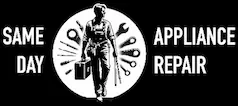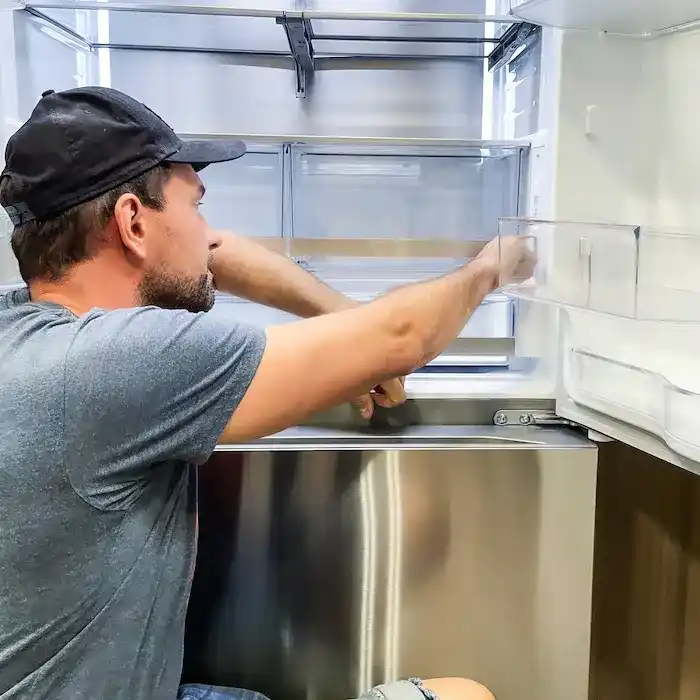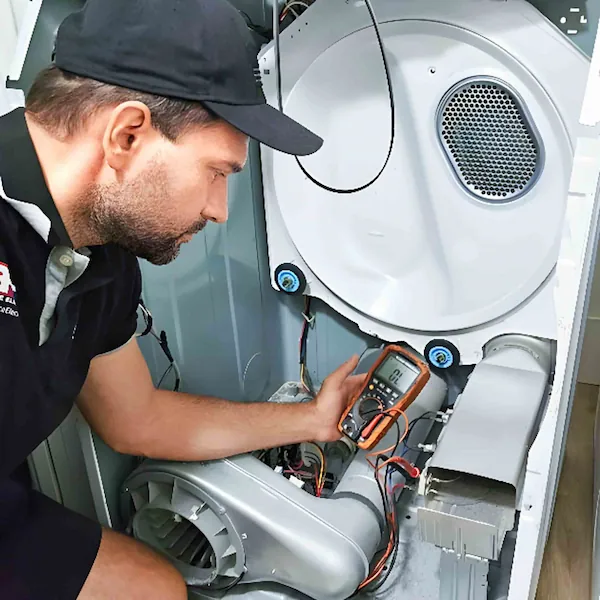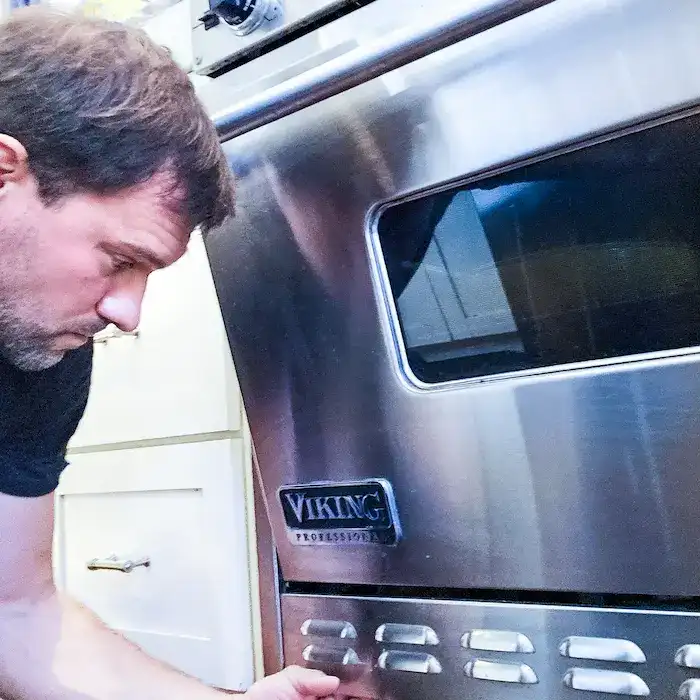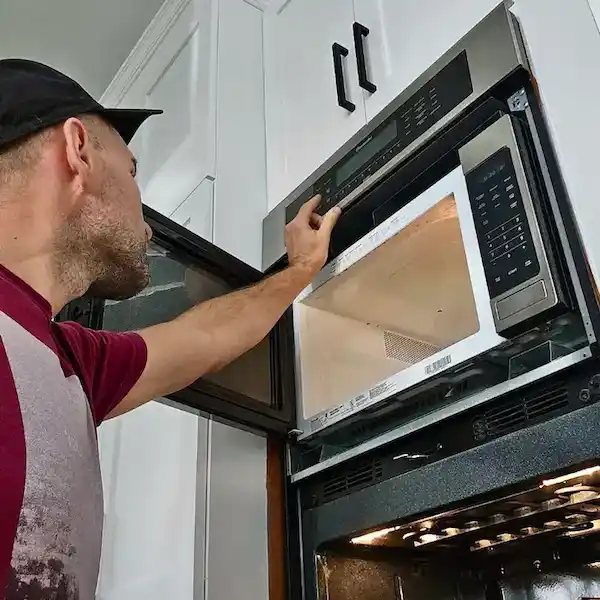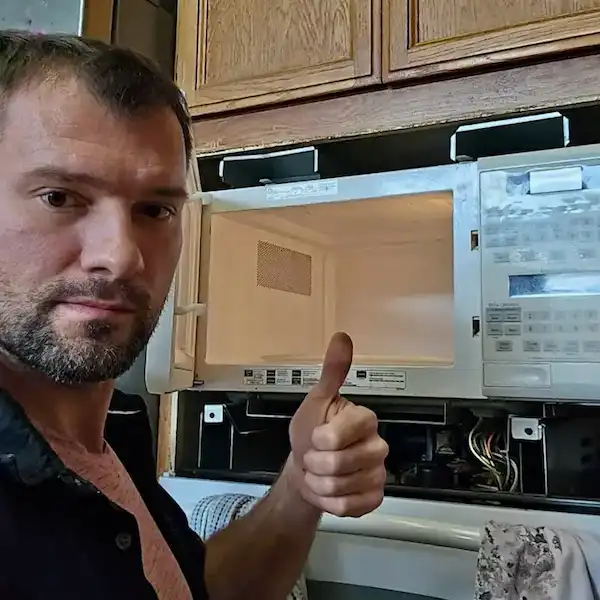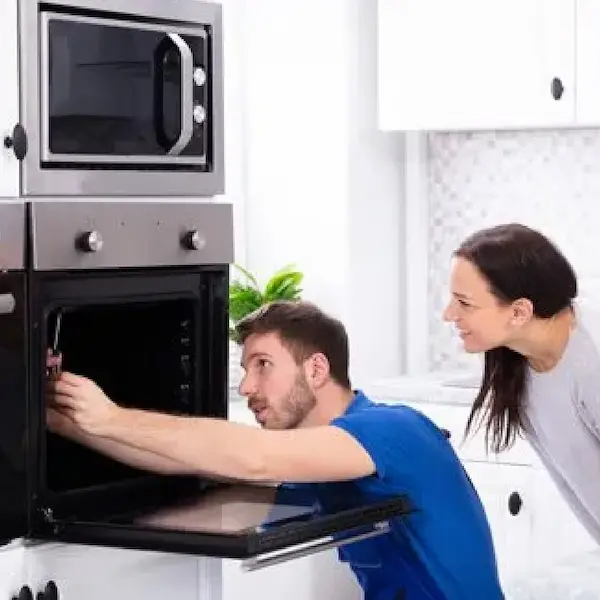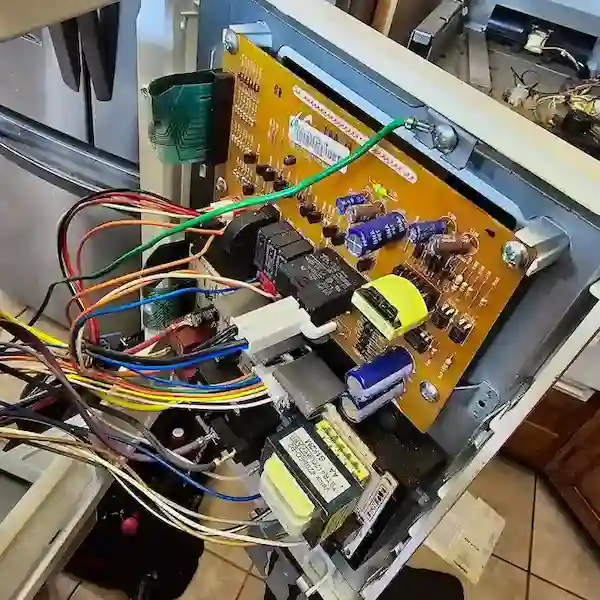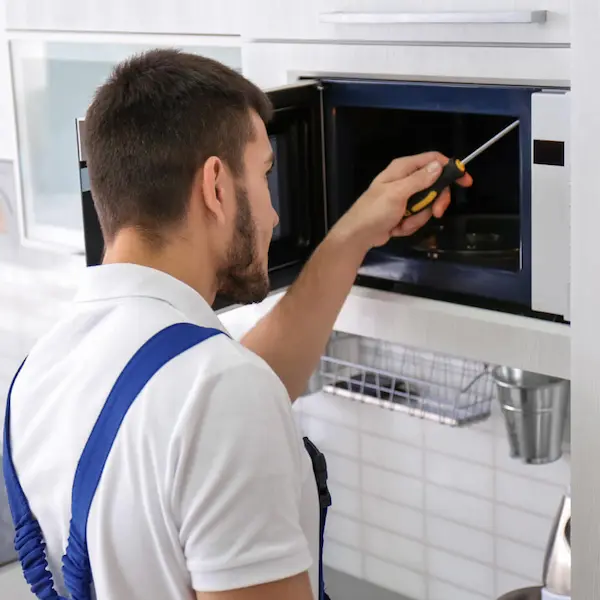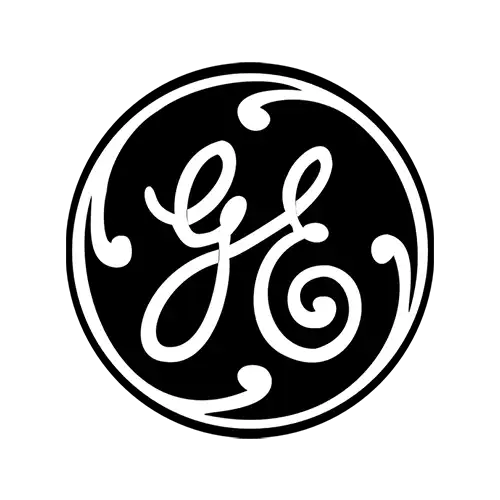Same Day Microwave Repair Services in Los Angeles and Nearby Areas
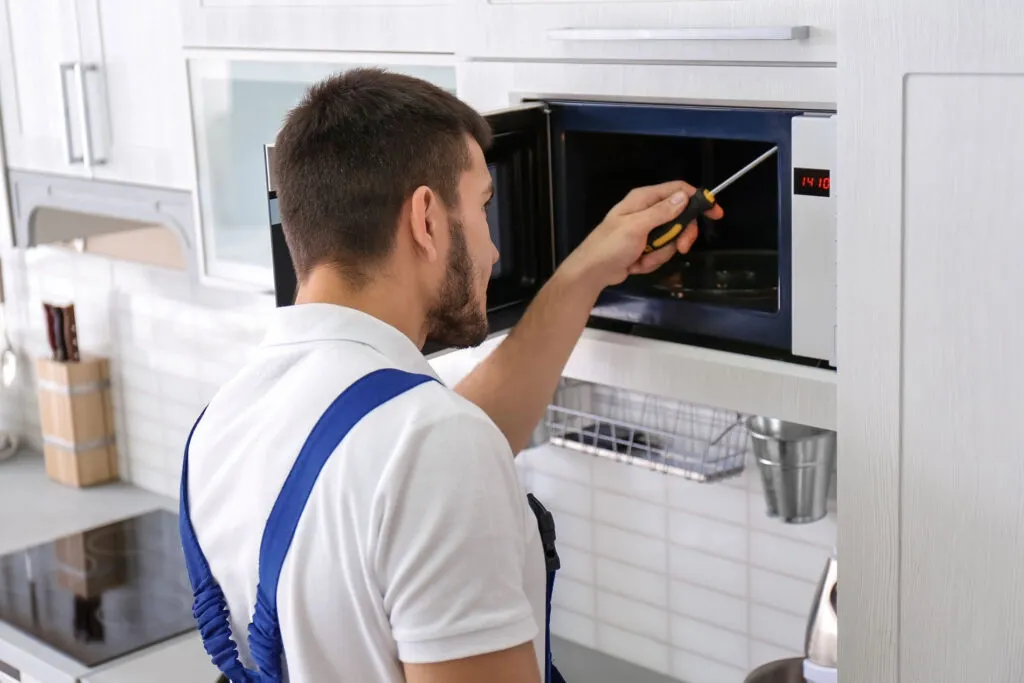
At Same Day Appliance Repair, we specialize in microwave repair services, addressing issues with microwave ovens to ensure your unit is back to working correctly in no time. Whether your microwave oven has a broken door switch, a defective magnetron, or a faulty high-voltage diode, our qualified technicians are here to help. With extensive experience and access to top-quality replacement parts, we handle repairs for all types of microwave ovens, including built-in microwaves, countertop models, and microwave ovens with advanced features.
Our team is skilled in repairing most appliances, including microwaves from major brands like Whirlpool, GE, Samsung, LG, KitchenAid, and Frigidaire. We understand the importance of a working microwave for meal preparation, and we're committed to fixing issues such as turntable malfunctions, control panel failures, and water or insect infestation. Contact us today to schedule same-day microwave repair and restore your appliance to optimal performance.
